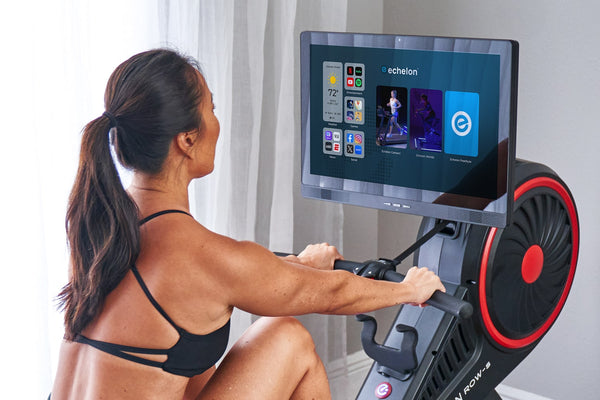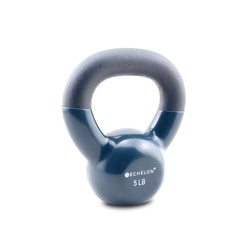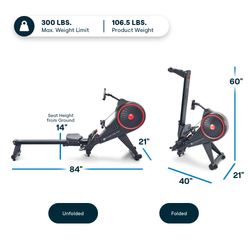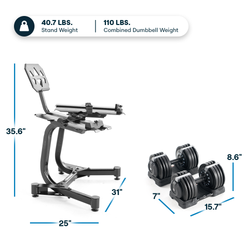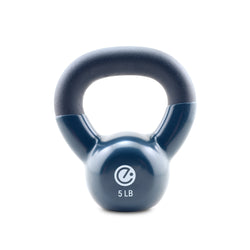Five Things That Happen to Your Body While Riding Indoors

Indoor cycling is a low-impact, high benefit method of working out. Lauded for its inclusiveness--a first timer can fit in quickly--the benefits of an indoor cycling session can vary by individual. Here are five things that happen to your body when consistently riding indoors:
- You’ll lose weight.
Indoor cycling is sometimes called a “carb burning party,” where 350-600 calories can be burned in one, 45-minute session (American Council on Exercise). The amount of calories burned is based on the size of the rider and the intensity of the class.
[READ: “8 Tips to Lose Weight with Indoor Cycling”]
Working out at high intensities forces the body to search for fast energy, preferably carbohydrates. Converting carbohydrates to energy requires increased oxygen consumption. Do this for too long and eventually, you can't supply enough oxygen to the muscles and recovery beckons.
Sprints and intervals, hallmarks of indoor cycling, often induce this exhaustive state. These high-intensity efforts increase your caloric output. Dr. Edward Coyle, of the University of Austin (Texas), provides a table which demonstrates the connection between bike speed and calories. In essence, pedal harder and burn more calories.

Remember, nutrition is just as important as your workout regimen. A recent NIH study suggests indoor cycling in addition to a restricted diet is an excellent option for weight loss. Be mindful not to put all those calories back into your body with a sugary drink afterward.
- Enhance your aerobic capacity.
Cycling is a great way to build endurance. While high-intensity interval training is quite popular, steady-state intervals are important, too. As opposed to HIIT, steady state intervals, longer efforts at a controlled tempo, are done in the aerobic zone. In the aerobic zone, fat is the primary energy source as the body adjusts to the consistent effort required to maintain speed over a longer interval.
Additionally, training the body to breathe efficiently is a major aspect of steady-state intervals efforts. Starting at age 30, we lose ten percent of our lung capacity. So you either breathe more efficiently or lose ten percent of your ability to exert on the bike each decade. A willingness to engage in steady-state intervals will improve your overall cardiovascular fitness and allow you to sustain those aforementioned high-intensity efforts.
- Improve the health of your heart.
A Swedish study purports that one hour of spinning initiates a chemical release in your blood that indicates the heart is getting an impactful workout. Investing in a heart rate monitor provides instant feedback on effort. Training in varied heart rate zones [understanding training zones] provides a balanced workout for your body.

Fox and Haskell's formula showing the demarcation of aerobic (lower half) and anaerobic (upper half) efforts and heart rate
- It makes you feel good
Neurologists in Germany studied endorphins from the brains of athletes after a two-hour endurance session. Before and after images revealed increased activity in the parts of the brain responsible for stress and emotional processing. The study coordinator commented: “There’s a direct link between feelings of wellbeing and endurance exercise of all kinds.” Remember, this was an endurance study. You can’t simply sprint all day!
If that doesn’t move you, according to the Wall St Journal, cycling (indoor or outside) ranks second in an exercise that best helps mental health--participating in team sports was first.
- Tone your stems.
“Cycling will make your legs get big” is one of the greatest myths of cycling (indoor or outside). In truth, you would need to do an awful lot of cycling to see a significant growth in leg muscle. Cyclists employ weight training in the gym for mass. The leg muscles we see were mostly developed in the off-season. Cyclists use these muscles for a stronger pedal stroke (see image below) and thus more toned legs.

Sans a lot of weight training and protein to build mass, what cycling will do for your body is burn fat. But you have to push hard. Pedaling alone won’t make a major impact. Don’t be afraid to add resistance.
Conclusion:
Indoor cycling sports a variety of both immediate and longer-term benefits for your mental and physical health. These benefits paired with its accessibility (Echelon puts the bike in your home) make it an excellent exercise option for any athlete, experienced or novice, young or old.
